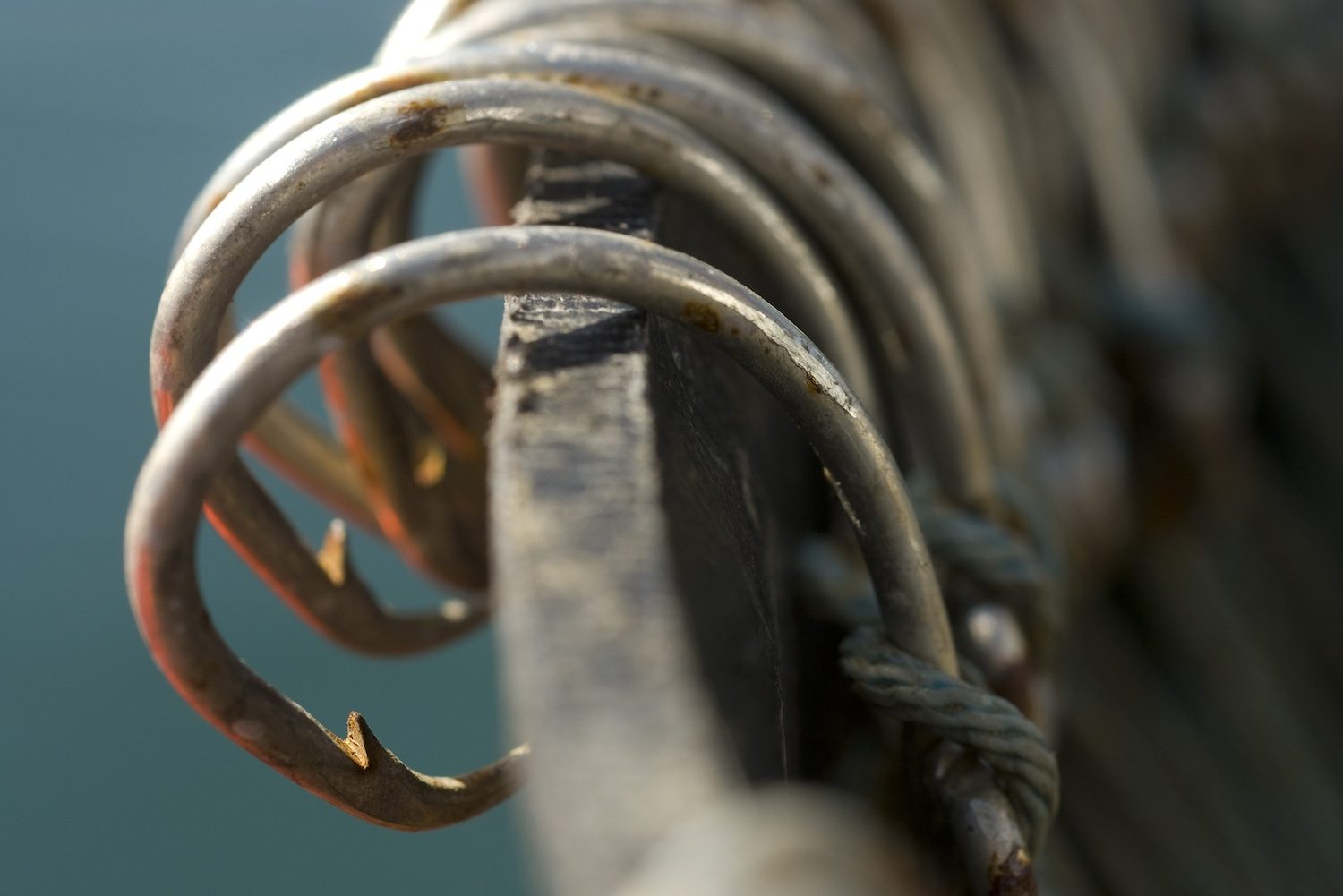Longline fisheries are a well-recognized threat to sea turtles. But a new study finds that local, small-scale fisheries cause significantly greater mortality, harvesting up to 97% of the ~12,000 turtles killed each year in the Solomon Islands.
The Gist
Researchers estimate the scale of turtle catches in two Solomon Islands fisheries: a local, small-scale reef fishery where turtles are caught for food and sale, and an offshore longline fishery where turtles are caught as bycatch. They used data from electronic monitoring and market surveys to model the extent of turtle catch in each fishery during 2018.
Their results, published in Conservation Letters, estimate the median turtle catch across both fisheries at ~12,000 turtles, with 85 to 97% of that catch occurring in small-scale fisheries. The disparity is surprising, as the footprint of the longline fishery is 67 times larger, extending across the entire Solomon Islands exclusive economic zone.
The Big Picture
The Solomon Islands is home to globally significant turtle populations, including the largest rookery for hawksbill turtles in the South Pacific and nesting populations of green turtles, olive ridleys, and critically endangered Western Pacific leatherbacks.
Longliners also patrol these waters, fishing for albacore and yellowfin tuna and occasionally catching turtles as bycatch. “It’s easy to point a finger at longliners for all the world’s evils, but we know there are multiple threats for turtles,” says Richard Hamilton, a senior conservation and science advisor, with the Nature Conservancy. “So we were curious to see which was having a bigger impact on turtle mortality, the small-scale fishery or longline bycatch.”
The researchers used electronic monitoring data installed on vessels operating in Solomon Islands Waters as part of a larger TNC study into bycatch across the Pacific. They compared that with data gathered during a nation-wide survey to investigate the extent of legal and illegal turtle harvest in the small scale-fishery.

The Takeaway
Interviews with community members suggest that the rate of turtle harvest has declined nearly 5-fold over the past 30 years, indicating that turtles are being fished at unsustainable levels. When combined with the results of this research, this anecdotal data makes clear that small-scale fisheries are a much greater threat to turtle populations in the Solomon Islands than commercial longliners.
With the exception of leatherbacks, harvesting turtles for subsistence is legal in the Solomon Islands. But previous TNC research indicates that approximately 20% of turtles caught in the small-scale fishery are then sold, illegally, for their meat and shell products. Illegal egg harvesting is also widespread.
“There are few hotspots that contributed 40% of the small-scale catch,” explains Chris Brown, lead author and associate professor of fisheries science at the University of Tasmania. “If you want to improve fisheries management, you don’t need to go into every community; you can work with the government to target enforcement in just a few markets.”
Brown says that previous developmental aid to the Solomon Islands has focused almost exclusively on improving the management and monitoring of commercial fisheries. Those efforts, while important, aren’t addressing the main threat to turtles, and conservationists and fisheries should focus their efforts on enforcing existing regulations in the small-scale fishery.
